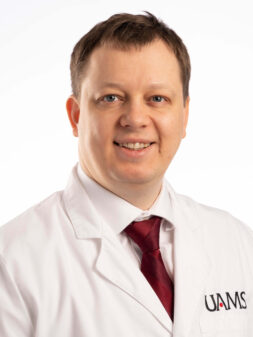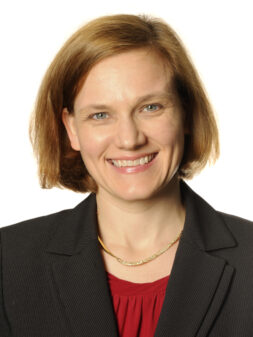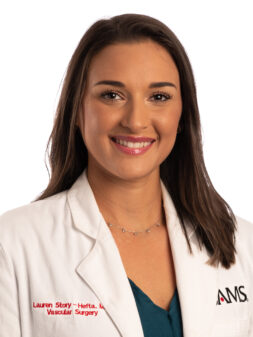What are arteriovenous malformations (AVMs)?
Arteriovenous malformations (AVMs) are defects in your vascular system. Your vascular system is your body's network of blood vessels. It includes your:
- Arteries, which carry oxygen-rich blood from your heart to your tissues and organs.
- Veins, which carry the blood and waste products back to your heart.
- Capillaries, which are tiny blood vessels that connect your small arteries to your small veins.
An AVM is an abnormal tangle of arteries and veins. They are connected to each other, with no capillaries between them. Without the capillaries, the blood flow from the arteries goes directly into the veins at a faster rate than normal. Because of this, the nearby tissue does not get all the oxygen it would normally get. This lack of oxygen can lead to tissue damage and the death of nerve cells and other cells. The fast rate of blood flow can also increase the blood pressure inside the arteries and veins. This can weaken the arteries and veins. A weakened artery or blood vessel could burst or leak blood.
What causes arteriovenous malformations (AVMs)?
AVMs are rare. The cause of AVMs is unknown. Most of the time, people are born with them. But sometimes they can appear shortly after birth or later in life.
What are the symptoms of arteriovenous malformations (AVMs)?
The symptoms of AVM will depend on where the AVM is located. They can happen anywhere in the body, but they are more common in the brain or spinal cord. Most people with brain or spinal cord AVMs have few, if any, major symptoms. But if a weakened blood vessel bursts, it can spill blood into the brain (called a hemorrhage). Severe hemorrhages can cause a stroke and brain damage.
If an AVM is causing symptoms, they can include:
- Seizures
- Headache
- Pain in the area where the AVM is located
- Vision problems
- Muscle weakness
- Problems with movement and speech
- Confusion
- Dizziness
- Loss of consciousness
How are arteriovenous malformations (AVMs) diagnosed?
To find out if you have an AVM, your health care provider:
- Will ask about your symptoms and medical history.
- Will do a physical exam. This may include listening for a bruit. A bruit is whooshing sound caused by the rapid blood flow through the arteries and veins of an AVM.
- May order imaging tests, such as a CT scan, MRI, ultrasound, or cerebral angiography. For a cerebral angiography, you are injected with a special dye that helps the blood vessels in your brain show up on x-rays.
What are the treatments for arteriovenous malformations (AVMs)?
Treatments for AVMs will depend on factors such as:
- Where the AVM is located
- Its size
- Your symptoms
- Your overall health
- Your risk of bleeding
The treatment options may include:
- Monitoring for any signs that may mean you have an increased risk of hemorrhage.
- Medicines to help with the symptoms from AVMs.
- Surgery, which may be done if you have a higher-than-usual risk of bleeding. There are a few different types of surgery for AVMs. In some cases, you may have more than one type. Surgery can be risky, especially when it's done on the brain or spinal cord. So you and your provider will need to discuss the risks and benefits of doing the surgery before you make a decision.
NIH: National Institute of Neurological Disorders and Stroke
Courtesy of MedlinePlus from the National Library of Medicine.
Syndicated Content Details:
Source URL: https://medlineplus.gov/arteriovenousmalformations.html?utm_source=mplusconnect&utm_medium=service
Source Agency: National Library of Medicine





